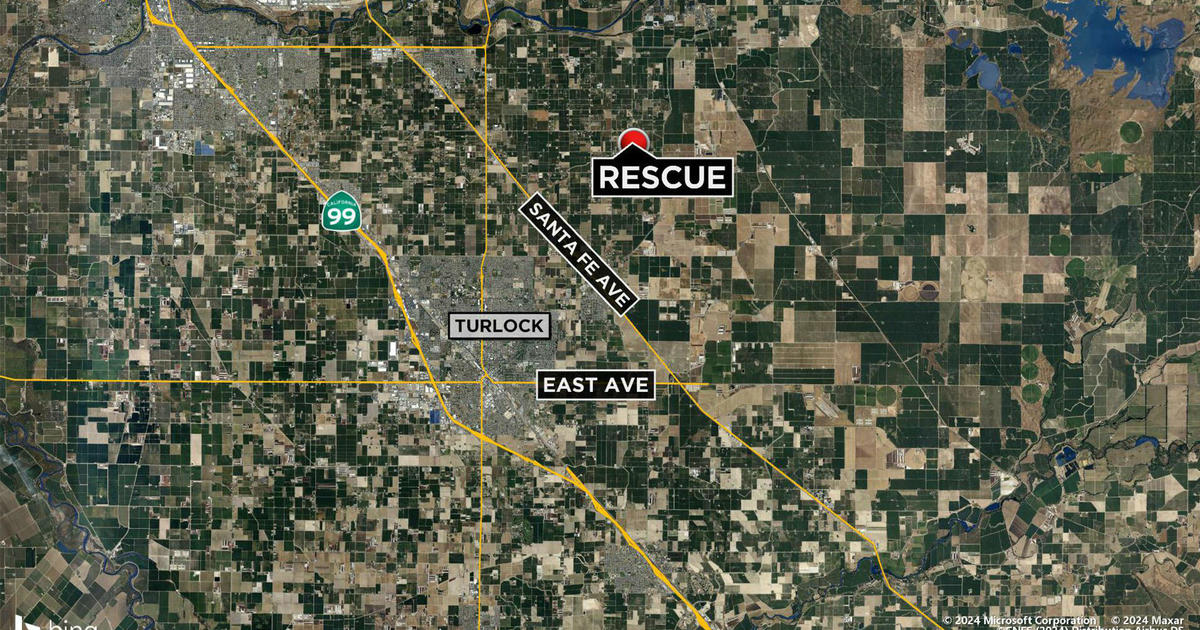Childhood Obesity Rates Fall Slightly
Childhood obesity rates are finally falling in the United States after years of increasing, researchers from the Centers for Disease Control and Prevention said Wednesday.
Child obesity rates have tripled over the past thirty years, with the number of obese kids in the U.S. ages 6 to 11 growing from 7 percent in 1980 to nearly 20 percent in 2008. That year, more than one-third of U.S. children were considered overweight or obese based on a measure of their height and weight called body mass index (BMI).
"Obesity and extreme obesity during early childhood are likely to continue into adulthood," writes study author Dr. Liping Pan, a researcher at the CDC. "Understanding trends in extreme obesity is important because the prevalence of cardiovascular risk factors increases with severity of childhood obesity."
Childhood obesity can also lead to other health problems later in life, like Type 2 diabetes, stroke, cancer and osteoarthritis.
For the new research, Pan's team analyzed childhood obesity trends from data collected on 26.7 million U.S. children ages 2 through 4 who were enrolled in federally funded maternal and child health programs from 1998 through 2010.
Obesity was defined by a BMI that's in the 95th percentile or greater for the child's age and sex and extreme obesity was defined as BMI that's 120 percent or greater of the 95th percentile.
Researchers found childhood obesity rates rose over the study period but now appear to be taking a turn for the better. Obesity prevalence increased from 13.05 percent in 1998 to 15.21 percent in 2003, with prevalence of extreme obesity also increasing from 1.75 percent in 1998 to 2.22 percent of kids in 2003.
However, 2010 estimates showed obesity prevalence slightly declined to 14.94 percent, and prevalence of extreme obesity dropped to 2.07 percent of U.S. kids in 2010.
"To our knowledge, this is the first national study to show that the prevalence of obesity and extreme obesity among young U.S. children may have begun to decline," wrote Pan. "The results of this study indicate modest recent progress of obesity prevention among young children."
The research was published Dec. 26 in the Journal of the American Medical Association (JAMA).
In an accompanying editorial published in the same journal, Dr. David S. Ludwig, Director of the New Balance Foundation Obesity Prevention Center at Boston Children's Hospital, called on the Food Stamp Program (Supplemental Nutrition Assistance Program) to reduce the burden of diet-related diseases among low-income children and families who have less access to nutritional foods.
"SNAP is essential for hunger prevention in the United States, but its exclusive focus on food quantity contributes to malnutrition and obesity, and is misaligned with the goal of helping beneficiaries lead healthier lives," he wrote.
Dr. Shari Barkin, a professor of pediatrics at Vanderbilt University in Nashville, told WebMD much more needs to be done, including getting families to exercise together for 30 minutes a day, starting the good habits early when children are in preschool.
"It is good news that we have stabilized, but these current rates, even stabilized, are unacceptable," she said.
© 2012 CBS Interactive Inc. All Rights Reserved.



